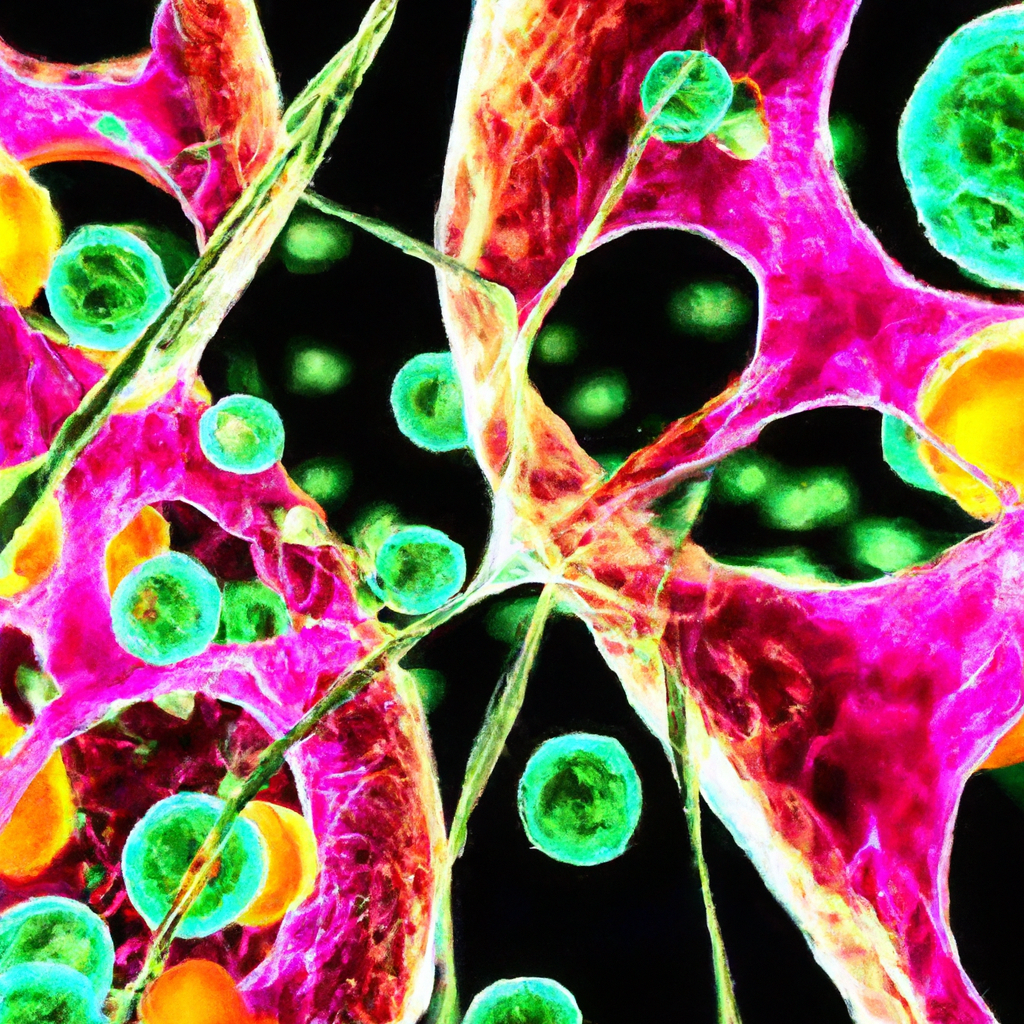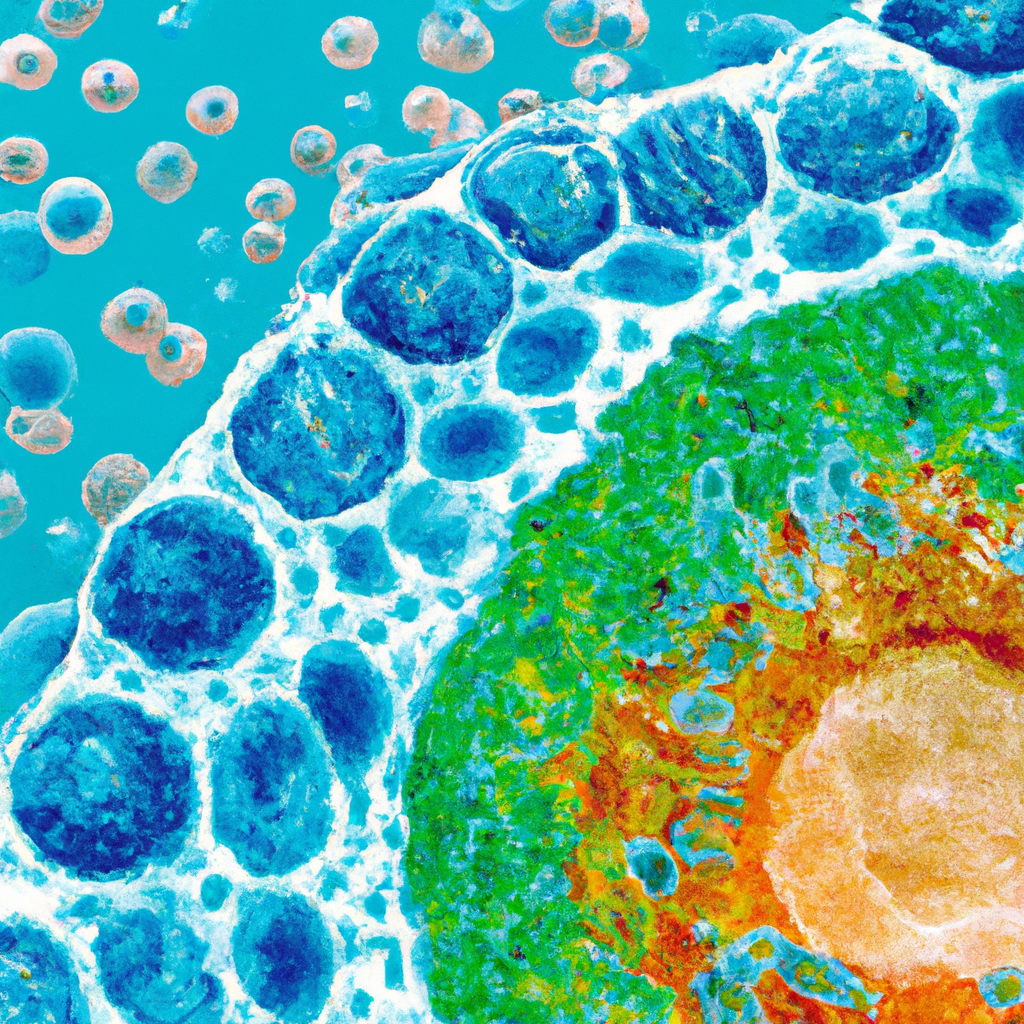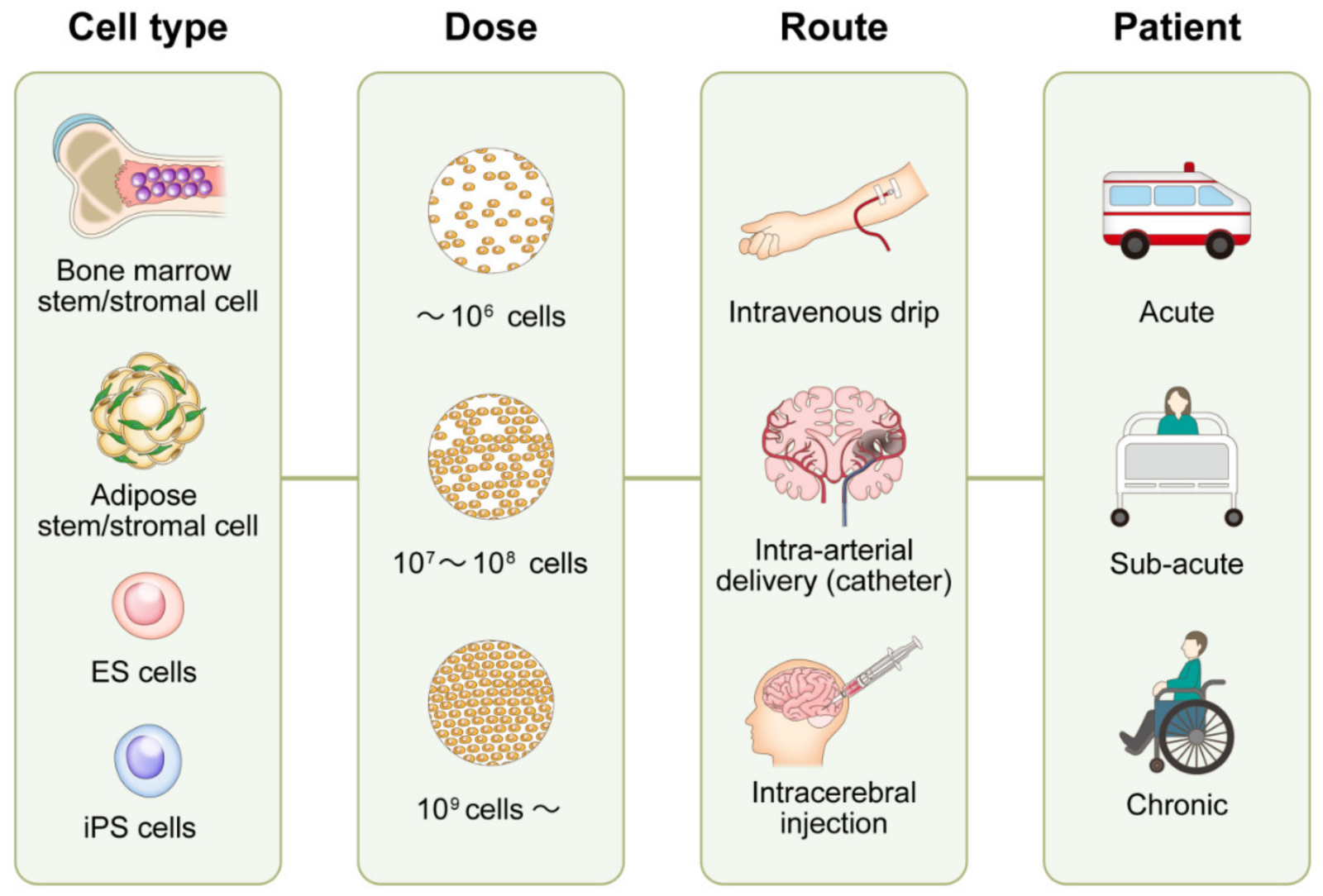Malaysia has been making significant advancements in the field of stem cell research, leading to the question of whether these therapies can effectively address musculoskeletal disorders and injuries. In this article, we will delve into the potential of stem cell therapies in Malaysia, exploring their ability to bring relief and improve recovery for those suffering from these conditions. By examining the latest research and developments in the country, we aim to shed light on the promising future of stem cell treatments for musculoskeletal issues in Malaysia.

Overview of Musculoskeletal Disorders and Injuries
Musculoskeletal disorders (MSDs) and injuries are common health conditions that affect the muscles, bones, tendons, ligaments, and other supporting structures of the body. These disorders can cause pain, stiffness, swelling, limited mobility, and reduced function, significantly impacting one’s quality of life. Understanding MSDs and injuries is crucial in order to effectively manage and treat these conditions.
Understanding Musculoskeletal Disorders
Musculoskeletal disorders encompass a wide range of conditions that affect the musculoskeletal system. Some of the most common types of MSDs include arthritis, osteoporosis, back pain, tendonitis, and bursitis. These disorders can be caused by various factors, including age, repetitive motions, trauma, obesity, poor posture, and genetic predisposition.
Common Types of Musculoskeletal Injuries
Musculoskeletal injuries, on the other hand, are often the result of accidents, sports-related activities, or workplace incidents. These injuries can include fractures, dislocations, sprains, strains, and tears in the muscles, ligaments, and tendons. Prompt and appropriate medical attention is crucial in order to prevent further damage and facilitate healing.
Prevalence of Musculoskeletal Disorders in Malaysia
In Malaysia, musculoskeletal disorders are a significant public health concern. According to a study conducted by the Ministry of Health Malaysia in 2019, musculoskeletal disorders accounted for approximately 33% of all hospital admissions. The most prevalent MSDs in Malaysia include lower back pain, osteoarthritis, and rheumatoid arthritis.
Stem Cell Therapies: An Introduction
Stem cell therapies have emerged as a promising treatment approach for musculoskeletal disorders and injuries. Stem cells are special cells that have the ability to differentiate into different cell types and self-renew. This unique characteristic makes them ideal for regenerative medicine applications.
What are Stem Cells?
Stem cells are undifferentiated cells that have the potential to develop into various cell types in the body. They can be found in different parts of the body, including bone marrow, adipose tissue, and umbilical cord blood. The two main types of stem cells are embryonic stem cells and adult stem cells.
Different Types of Stem Cells
Embryonic stem cells are derived from embryos during the early stages of development. They have the ability to differentiate into any cell type in the body. However, their use in research and therapy is controversial due to ethical considerations.
Adult stem cells, on the other hand, are found in various tissues throughout the body. These cells can differentiate into specialized cell types, but their differentiation potential is more limited compared to embryonic stem cells. Adult stem cells can be further classified into mesenchymal stem cells (MSCs), hematopoietic stem cells (HSCs), and neural stem cells (NSCs), among others.
Mechanisms of Stem Cell Therapy
Stem cell therapy involves the administration of stem cells to the site of injury or disease in order to stimulate tissue repair and regeneration. The mechanisms of action of stem cell therapy include the secretion of growth factors and cytokines, modulation of the immune response, promotion of angiogenesis (formation of new blood vessels), and differentiation into specialized cell types.
Potential Benefits of Stem Cell Therapies
Stem cell therapies offer various potential benefits for individuals with musculoskeletal disorders and injuries. These therapies hold the potential to regenerate damaged tissues, reduce inflammation and pain, and enhance healing and recovery. Let’s explore these benefits in more detail.
Regeneration of Musculoskeletal Tissues
One of the primary advantages of stem cell therapies is their ability to regenerate damaged musculoskeletal tissues. MSCs, in particular, have shown promising results in regenerating cartilage, bone, and tendon tissues. By providing a source of cells that can differentiate into these specialized tissues, stem cell therapy offers the potential for long-lasting pain relief and improved function.
Reduction of Inflammation and Pain
Inflammation and pain are common symptoms of musculoskeletal disorders and injuries. Stem cell therapies have been shown to have anti-inflammatory properties, which can help to reduce inflammation and alleviate pain. The administration of MSCs and their secreted factors can modulate the immune response, preventing excessive inflammation and promoting tissue healing.
Enhancement of Healing and Recovery
Stem cell therapies can also enhance the healing and recovery process following musculoskeletal injuries. By stimulating the growth of new blood vessels (angiogenesis), stem cells can improve blood flow and nutrient supply to the injured tissues, facilitating the healing process. Additionally, stem cells can promote the migration and proliferation of endogenous (existing) stem cells, further enhancing the regenerative capacity of the body.
Current Research and Clinical Trials in Malaysia
In Malaysia, there is a growing interest in stem cell research and its potential application in treating musculoskeletal disorders and injuries. Several research studies and clinical trials have been conducted to assess the safety and efficacy of stem cell therapies in the Malaysian population.
Overview of Stem Cell Research in Malaysia
Malaysia has established itself as a hub for medical research and innovation. The Ministry of Health Malaysia has been actively promoting and supporting stem cell research initiatives. Researchers in Malaysia have been investigating the potential of stem cell therapies for various medical conditions, including musculoskeletal disorders.
Promising Results from Preclinical Studies
Preclinical studies conducted in Malaysia have shown promising results in the field of stem cell therapies for musculoskeletal disorders. These studies have demonstrated the ability of stem cells to promote tissue regeneration, reduce inflammation, and alleviate pain. Animal models have been used to assess the safety and efficacy of stem cell therapies before moving on to clinical trials.
Ongoing Clinical Trials in Malaysia
Clinical trials are essential in determining the safety and efficacy of stem cell therapies in humans. In Malaysia, there are ongoing clinical trials evaluating the use of stem cell therapies for musculoskeletal disorders, such as osteoarthritis, cartilage defects, and bone fractures. These trials aim to assess the potential benefits of stem cell therapies and gather valuable data to improve treatment protocols.

Application of Stem Cell Therapies
Stem cell therapies have the potential to revolutionize the treatment of various musculoskeletal disorders and injuries. Let’s explore some specific applications of stem cell therapies in this context.
Treating Osteoarthritis and Cartilage Defects
Osteoarthritis is a degenerative joint disease characterized by the breakdown of cartilage. Stem cell therapies offer a promising approach for the treatment of osteoarthritis and cartilage defects. MSCs can be injected directly into the affected joint, where they can differentiate into chondrocytes (cartilage cells) and promote the regeneration of damaged cartilage tissue.
Repairing Bone Fractures and Nonunions
Bone fractures and nonunions (failure of bones to heal) can pose significant challenges in terms of treatment and recovery. Stem cell therapies have been explored as a potential solution for promoting bone healing and repair. MSCs can be implanted at the site of the fracture or nonunion, providing a source of cells that can differentiate into osteoblasts (bone-forming cells) and facilitate bone regeneration.
Managing Tendon and Ligament Injuries
Tendon and ligament injuries, such as rotator cuff tears and anterior cruciate ligament (ACL) tears, can result in pain, instability, and reduced function. Stem cell therapies have shown promise in managing these types of injuries. By injecting MSCs directly into the injured tendon or ligament, stem cell therapy can promote tissue healing and repair, leading to improved strength and function.
Challenges and Limitations
While stem cell therapies hold great promise for the treatment of musculoskeletal disorders and injuries, there are several challenges and limitations that need to be considered.
Ethical and Regulatory Considerations
The use of stem cells, especially embryonic stem cells, raises ethical concerns. The sourcing and utilization of embryonic stem cells are subject to strict regulations and guidelines in many countries, including Malaysia. It is crucial to adhere to ethical standards and ensure that the procurement and use of stem cells are conducted in an ethical and responsible manner.
Safety and Efficacy Concerns
As with any medical intervention, safety and efficacy are significant concerns when it comes to stem cell therapies. Extensive research and clinical trials are necessary to establish the safety profile of stem cell therapies and determine their long-term effectiveness. Adverse reactions, such as infection, immune rejection, and tumor formation, need to be carefully monitored and mitigated.
Accessibility and Affordability Issues
Another challenge in the widespread adoption of stem cell therapies is accessibility and affordability. These therapies can be costly and may not be readily available to all individuals with musculoskeletal disorders and injuries, particularly in resource-limited settings. Efforts should be made to ensure equal access to stem cell therapies and explore avenues for reducing treatment costs.

Future Perspectives and Potential
Despite the challenges and limitations, the future of stem cell therapies for musculoskeletal disorders and injuries in Malaysia looks promising. Ongoing advancements in stem cell technology, combined with the potential for combination therapies and personalized medicine, offer exciting prospects for the field.
Advancements in Stem Cell Technology
Stem cell technology is continuously evolving, with researchers exploring new strategies to enhance the therapeutic potential of stem cells. Techniques such as gene editing, tissue engineering, and cell reprogramming hold the promise of improving the efficacy and safety of stem cell therapies. As the technology progresses, stem cell therapies may become more targeted and tailored to individual patients’ needs.
Combination Therapies and Personalized Medicine
Combining stem cell therapy with other treatment modalities, such as physical therapy, medication, or surgery, may further enhance the outcomes for individuals with musculoskeletal disorders and injuries. Personalized medicine, which takes into account an individual’s genetic makeup and unique characteristics, may also play a role in tailoring stem cell therapies to optimize results.
Integration of Stem Cell Therapies into Standard Care
As research and clinical trials continue to provide evidence for the safety and efficacy of stem cell therapies, there is the potential for these therapies to become a standard part of care for musculoskeletal disorders and injuries. Integration into the existing healthcare system would require comprehensive training and education for healthcare professionals, as well as the development of treatment guidelines and protocols.
Patient Experiences and Success Stories
Patient experiences and success stories play a crucial role in understanding the impact of stem cell therapies on musculoskeletal disorders and injuries. Let’s explore some case studies and testimonials that highlight the potential benefits of these therapies.
Case Studies of Successful Treatments
Case studies provide detailed accounts of individual patients who have undergone stem cell therapy for musculoskeletal disorders and injuries. These studies demonstrate the positive outcomes and improvements in pain, function, and quality of life. Case studies often include pre and post-treatment assessments, imaging results, and patient-reported outcomes.
Patient Testimonials and Satisfaction
Patient testimonials offer valuable insights into the subjective experiences of individuals who have received stem cell therapies. These testimonials often focus on the reduction of pain, improvement in mobility, and overall satisfaction with the treatment. Patient feedback can help shape future treatment protocols and provide reassurance to individuals considering stem cell therapies.

Expert Insights and Recommendations
Expert insights play a crucial role in providing a comprehensive understanding of the use of stem cell therapies for musculoskeletal disorders and injuries. Let’s explore what experts in the field have to say about these therapies and their recommendations.
Expert Opinion on the Use of Stem Cell Therapies
Experts in stem cell research and regenerative medicine offer their opinions on the use of stem cell therapies for musculoskeletal disorders and injuries. These opinions are based on the existing evidence, clinical experiences, and future perspectives. Expert insights provide valuable guidance for healthcare professionals, policymakers, and individuals seeking information about stem cell therapies.
Guidelines for Clinicians and Patients
To ensure the safe and effective use of stem cell therapies, guidelines and recommendations are essential. Clinicians and healthcare professionals need clear guidelines on patient selection, treatment protocols, monitoring, and follow-up care. Similarly, patients considering stem cell therapies should have access to accurate and reliable information to make informed decisions.
Promoting Awareness and Education
Promoting awareness and education about stem cell therapies is crucial for the successful integration of these treatments into standard care. Stakeholders, including healthcare organizations, professional societies, and patient advocacy groups, can play a role in disseminating accurate information, organizing educational events, and fostering dialogue between healthcare providers and patients.
Conclusion
In conclusion, stem cell therapies hold great promise for the treatment of musculoskeletal disorders and injuries in Malaysia. These therapies offer the potential for tissue regeneration, pain reduction, and enhanced healing and recovery. Ongoing research and clinical trials in Malaysia are further advancing our understanding of stem cell therapies and their application in the field of musculoskeletal medicine. However, ethical considerations, safety concerns, and accessibility issues need to be addressed to ensure the responsible and equitable use of stem cell therapies. With continued advancements and efforts to promote awareness and education, stem cell therapies may become an integral part of the standard care for individuals with musculoskeletal disorders and injuries. It is essential to prioritize further research and collaboration in order to maximize the potential benefits of stem cell therapies and improve outcomes for patients.





